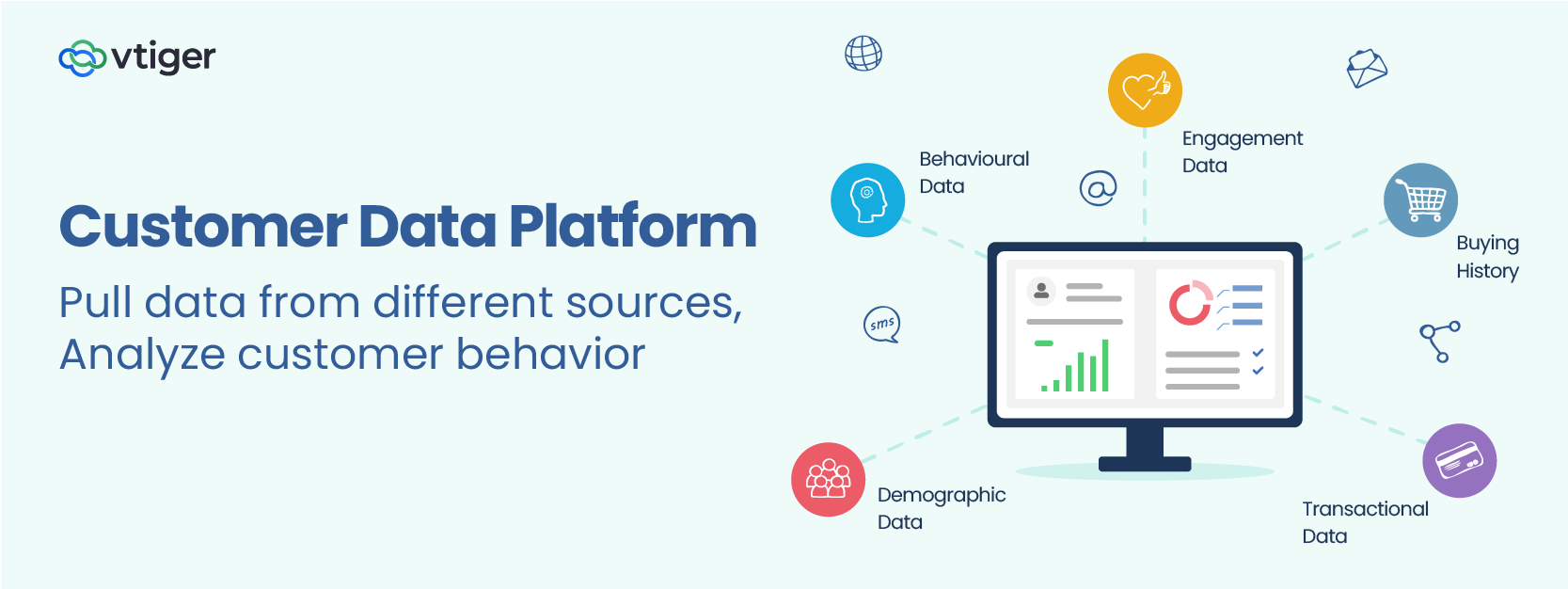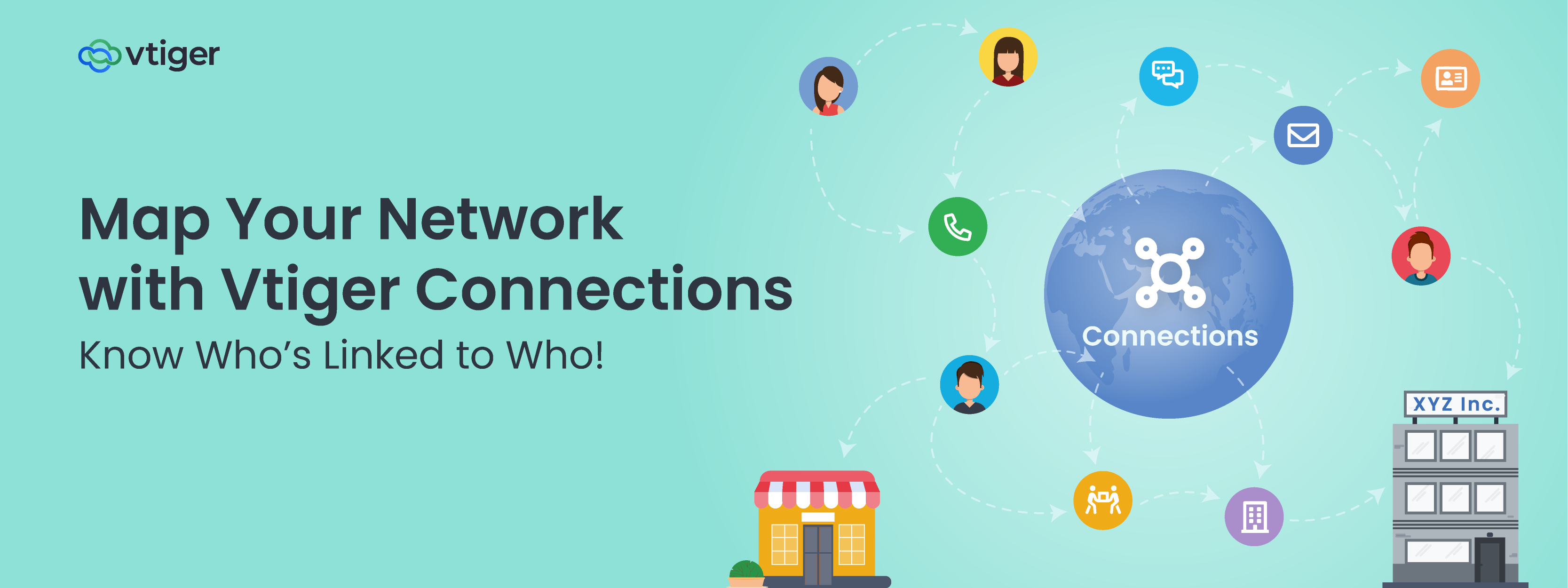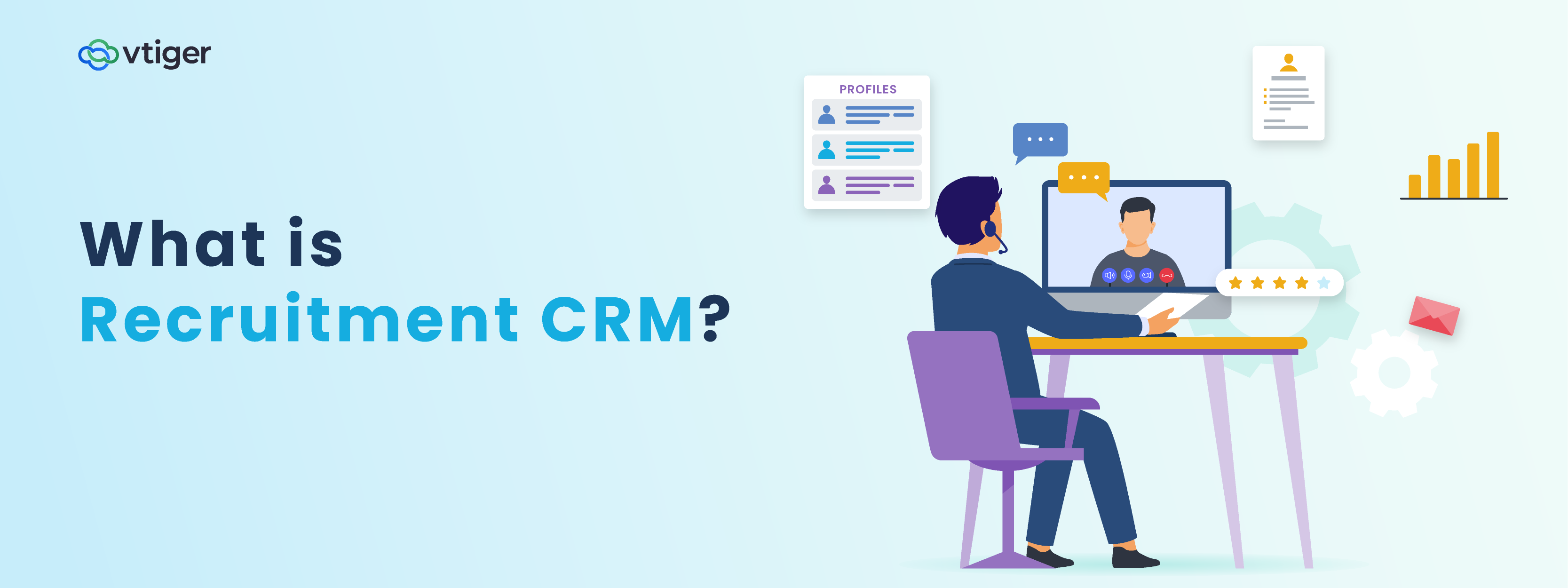While it is evident that customers are an integral part of an organization, have you ever wondered how customer relationships are formed?
You can only understand your customers if you closely observe their buying patterns, brand engagement, demographic details, etc. Furthermore, this information enables you to provide a personalized customer experience and build loyalty in a short period of time.
Indeed, CRMs are doing more in terms of managing customer data. But, how about a platform that solely collects data and provides insights into customer behavior?
Yes, that’s what a Customer Data Platform (CDP) does for you. CDPs are expected to be the new trend that is significantly going to benefit marketing leaders or those who are in charge of dealing with customer data and behavior.
Let’s understand more about it in the below section, but before moving forward, check out our previous blog-Social CRM, one of the CRM trends in 2023.
What is a Customer Data Platform (CDP)
CDP is a tool that pulls data from various sources and builds a comprehensive view of customers. It gathers data from
- Customer engagement with the website.
- Live chats.
- Purchasing patterns.
- Number of product returns.
- Customer’s age, gender, location, etc.
All this information can be used to track, analyze and handle customer interactions in a better way. The more you understand your customers, the better you can build meaningful relationships and reduce customer churn. Also, a CDP allows you to have a well-maintained, and up-to-date customer repository which will aid you in providing enhanced customer service.
So, why do you need a CDP if you have a CRM?
In order to understand this, let’s first discuss the difference.
Difference between CRM and CDP
According to Fortune Business Insights, the market of CDP is projected to grow from USD 1.42 billion in 2022 to USD 6.94 billion by 2029. Therefore, the scope for CDPs in the business domain is predicted to be high in the forthcoming years.
So, what makes CDP different from a CRM?
CRM
Customer Relationship Management (CRM) is a platform that records historical customer data like contact information, number of cases raised, products purchased, etc.
These are primarily for customer-facing teams (sales and support) to aid in their efforts to reach out to valuable customers. It logs things like customer interactions, survey forms, support tickets, etc., making it easier for businesses to manage individual relationships.
CDP
On the contrary, CDPs provide you with a bigger picture of your customer’s journey with your brand. It provides a unified view of all the important touchpoints from different channels and can help marketers understand effective strategies to carry out personalized marketing.
It enables marketing teams to quickly create different personas for segmentation and target marketing campaigns.
The only similarity between CDPs and CRMs is that both of these tools help you get fragmented data in a single place, thus providing a 360-degree view of customers.
Will CDP replace CRMs in the future?
There is no either/or situation when it comes to this question. Both can co-exist together by placing CDP at the forefront. CDPs can gather information about customers and forward the data to the CRM to perform specific tasks. It can be used as a foundation to enrich your CRM data.
Vtiger CRM is yet to get hold of CDP, but if you like, you can catch hold of Vtiger CRM’s robust sales, marketing, and support features to enhance your business operation.
Also, check out our blogs if you are interested to read CRM-based blogs.




